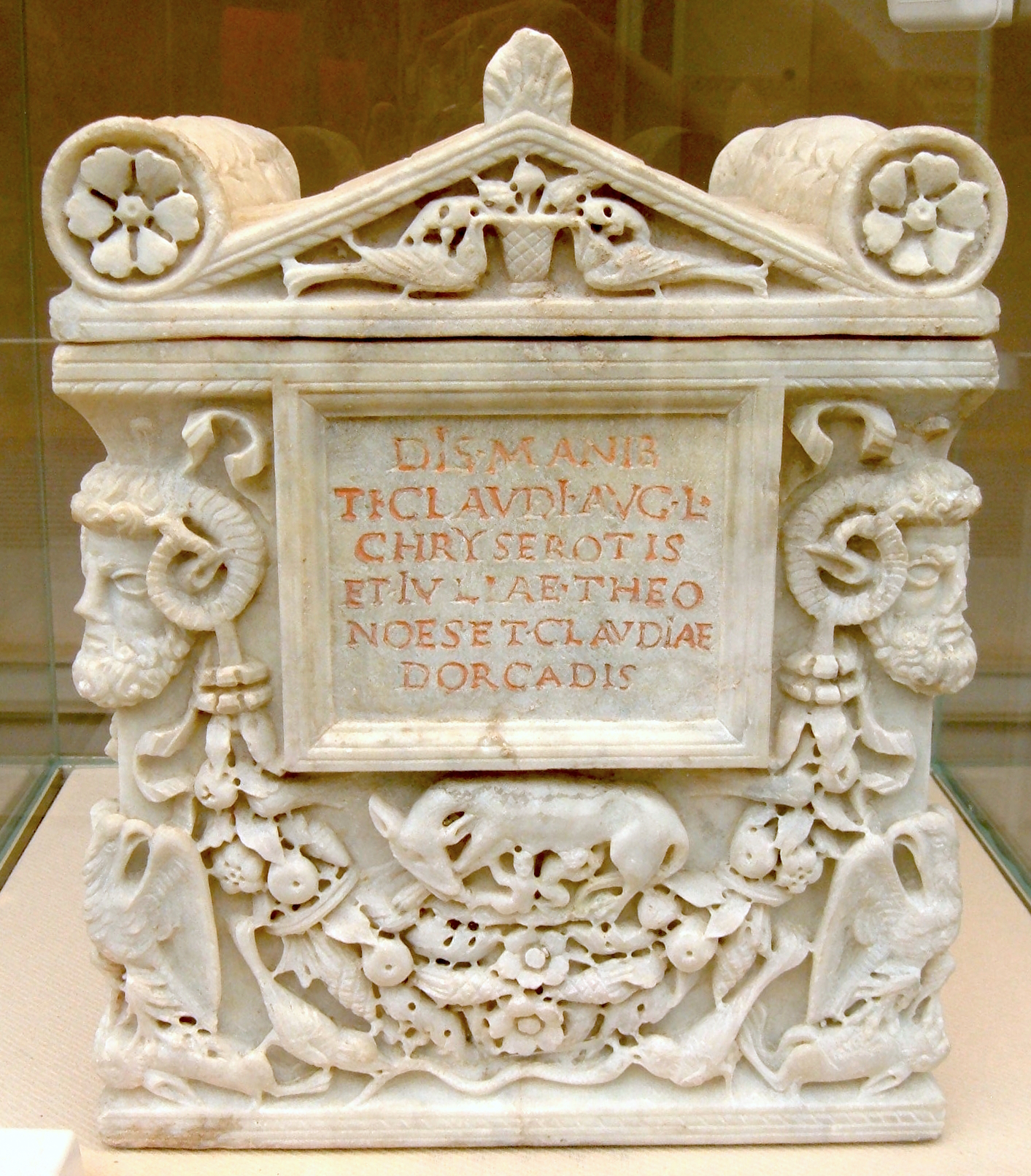|
Quinctia Marita
Quinctia Marita (fl. 1st century CE) was a Roman freedwoman from Caruntum. She is primarily known from an epitaph, which she had arranged in her will to have erected after death. She died at the age of 70. The epitaph inscription notes that she was a freedwoman of Publius, and that the epitaph itself was created by an Adauctus, a freedman. References {{Reflist 1st-century Roman women 1st-century Romans ... [...More Info...] [...Related Items...] OR: [Wikipedia] [Google] [Baidu] |
Freedman
A freedman or freedwoman is a person who has been released from slavery, usually by legal means. Historically, slaves were freed by manumission (granted freedom by their owners), emancipation (granted freedom as part of a larger group), or self-purchase. A fugitive slave is a person who escaped enslavement by fleeing. Ancient Rome Rome differed from Greek city-states in allowing freed slaves to become plebeian citizens. The act of freeing a slave was called ''manumissio'', from ''manus'', "hand" (in the sense of holding or possessing something), and ''missio'', the act of releasing. After manumission, a slave who had belonged to a Roman citizen enjoyed not only passive freedom from ownership, but active political freedom ''(libertas)'', including the right to vote. A slave who had acquired ''libertas'' was known as a ''libertus'' ("freed person", feminine ''liberta'') in relation to his former master, who was called his or her patron ''( patronus)''. As a social class, fr ... [...More Info...] [...Related Items...] OR: [Wikipedia] [Google] [Baidu] |
Carnuntum
Carnuntum ( according to Ptolemy) was a Roman legionary fortress () and headquarters of the Roman navy, Pannonian fleet from 50 AD. After the 1st century, it was capital of the Pannonia Superior province. It also became a large city of approximately 50,000 inhabitants. Its impressive remains are situated on the Danube in Lower Austria halfway between Vienna and Bratislava in the Carnuntum Archaeological Park extending over an area of 10 km2 near today's villages of Petronell-Carnuntum and Bad Deutsch-Altenburg. History Military history Carnuntum first occurs in history during the reign of Augustus (6 AD), when Tiberius made it his base of operations as a Roman fort () in the campaigns against Maroboduus (Marbod). Legio XV Significant Romanisation happened when the town was selected as the garrison of the Legio XV Apollinaris, Legio XV before 14 AD. A few years later, it became the centre of the Roman fortifications along the Danube from Vindobona (now Vienna) to Br ... [...More Info...] [...Related Items...] OR: [Wikipedia] [Google] [Baidu] |
1st-century Roman Women
File:1st century collage.png, From top left, clockwise: Jesus is crucified by Roman authorities in Judaea (17th century painting). Four different men ( Galba, Otho, Vitellius, and Vespasian) claim the title of Emperor within the span of a year; The Great Fire of Rome (18th-century painting) sees the destruction of two-thirds of the city, precipitating the empire's first persecution against Christians, who are blamed for the disaster; The Roman Colosseum is built and holds its inaugural games; Roman forces besiege Jerusalem during the First Jewish–Roman War (19th-century painting); The Trưng sisters lead a rebellion against the Chinese Han dynasty (anachronistic depiction); Boudica, queen of the British Iceni leads a rebellion against Rome (19th-century statue); Knife-shaped coin of the Xin dynasty., 335px rect 30 30 737 1077 Crucifixion of Jesus rect 767 30 1815 1077 Year of the Four Emperors rect 1846 30 3223 1077 Great Fire of Rome rect 30 1108 1106 2155 Boudican rev ... [...More Info...] [...Related Items...] OR: [Wikipedia] [Google] [Baidu] |

